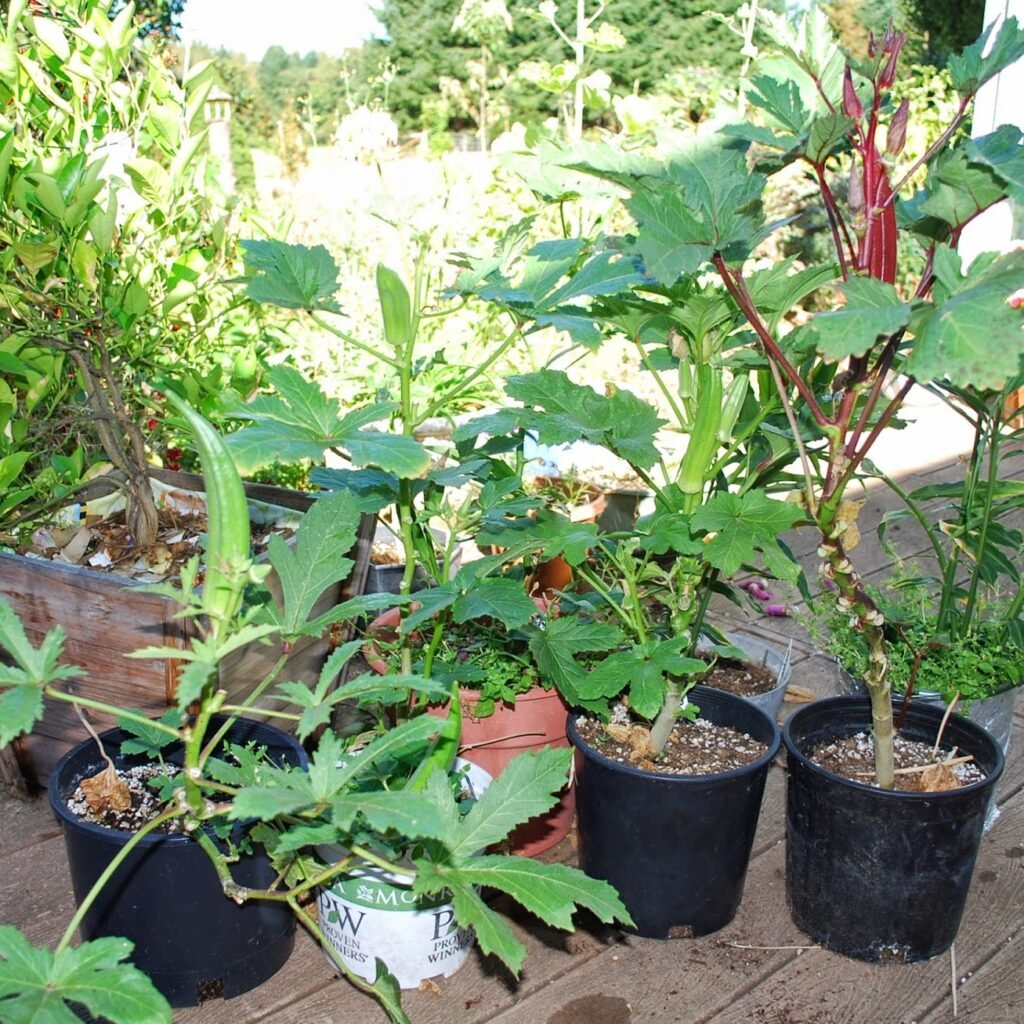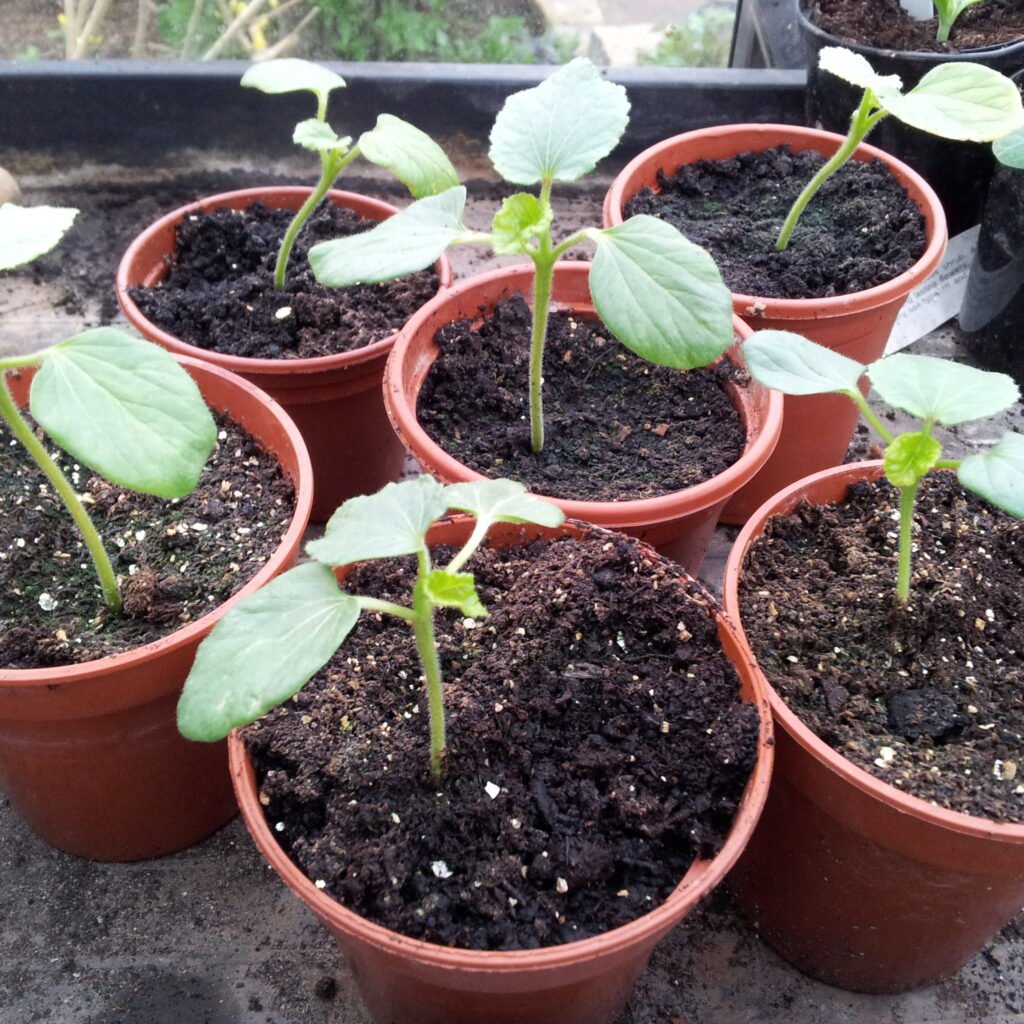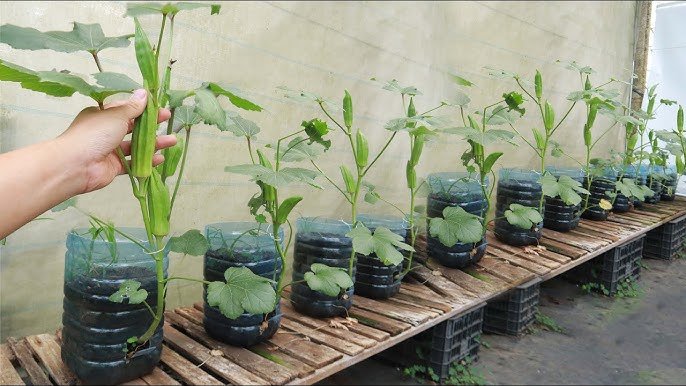Few vegetables capture the heart of American cuisine like okra. Known for its iconic role in Southern cooking and gumbo, okra (Abelmoschus esculentus) is much more than a traditional side dish. This versatile, nutrient-packed vegetable is celebrated for its health benefits, culinary flexibility, and even its growing ease in home gardens across the United States.
Whether you’re a foodie exploring Southern flavors, a health enthusiast seeking nutrient-dense foods, or a gardener looking for a high-yield crop, okra deserves a spot in your kitchen. In this comprehensive guide, we’ll explore everything about okra — from its nutritional value and health benefits to planting tips, cooking ideas, and storage strategies.
What Is Okra?

Okra, also known as lady’s finger, is a flowering plant in the mallow family, related to hibiscus and cotton. Its edible seed pods are elongated, tapering, and covered in tiny hairs, which contribute to its slightly mucilaginous (slimy) texture. While this texture can be polarizing, it’s essential in traditional Southern dishes like gumbo and can be minimized with proper cooking techniques.
Okra is believed to have originated in West Africa and was brought to the Americas during the transatlantic trade. Today, it thrives in the warm climates of the southern United States and is gaining popularity in gardens and markets across the country.
Nutritional Value of Okra
Okra is a low-calorie vegetable packed with essential nutrients. One cup (about 100 grams) of raw okra contains:
- Calories: 33
- Carbohydrates: 7 grams
- Protein: 2 grams
- Fat: 0.2 grams
- Fiber: 3 grams
- Vitamin C: 38% of the Daily Value (DV)
- Vitamin K: 37% of the DV
- Folate: 15% of the DV
- Magnesium: 7% of the DV
- Calcium: 8% of the DV
With its combination of fiber, vitamins, and minerals, okra supports digestion, immunity, and cardiovascular health, making it a staple for health-conscious Americans.
Health Benefits of Okra
Okra is often called a superfood because of its diverse health benefits:
1. Supports Digestive Health
Rich in dietary fiber and mucilage, okra helps maintain smooth digestion, prevent constipation, and promote gut health.
2. Regulates Blood Sugar
Studies suggest that okra may help stabilize blood sugar levels due to its fiber content and compounds that improve insulin sensitivity, making it a popular choice for people managing diabetes.
3. Boosts Immunity
High in vitamin C and antioxidants, okra strengthens the immune system and protects against infections.
4. Promotes Heart Health
Okra contains soluble fiber, which may reduce cholesterol levels and support a healthy heart. Its potassium and magnesium content also help regulate blood pressure.
5. Supports Bone Health
Vitamin K and calcium in okra contribute to strong bones and may reduce the risk of osteoporosis.
6. Aids in Weight Management
Low in calories and high in fiber, okra is filling and ideal for maintaining a healthy weight while providing essential nutrients.
7. Skin and Hair Benefits
The antioxidants and vitamins in okra help combat oxidative stress, promoting healthy skin and hair. Its mucilaginous texture can even be used in DIY natural hair masks for hydration.
Types of Okra

Several okra varieties are grown in America, each with unique characteristics:
1. Clemson Spineless
- Most popular variety in the U.S.
- Produces spineless pods that are tender and easy to cook.
- High yield, ideal for home gardens.
2. Emerald
- Produces dark green, smooth pods.
- Resistant to heat and common pests.
3. Annie Oakley
- Known for high yield and disease resistance.
- Produces slender, spineless pods perfect for frying and soups.
4. Burgundy
- Red-skinned pods add color to salads and dishes.
- Turns green when cooked but retains mild flavor.
How to Grow Okra in the U.S.

Okra is a heat-loving plant that thrives in southern gardens but can also be grown as a summer annual in northern regions.
1. Climate and Soil Requirements
- Prefers temperatures 75–95°F.
- Needs full sun and well-draining, fertile soil.
- Ideal pH: 6.0–7.0.
2. Planting
- Start seeds indoors 3–4 weeks before the last frost.
- Soak seeds in warm water for 12–24 hours to improve germination.
- Transplant seedlings outdoors after frost risk has passed, spacing 12–18 inches apart.
3. Watering
- Keep soil consistently moist but avoid waterlogging.
- Water deeply once or twice a week, increasing frequency during dry spells.
4. Fertilizing
- Use a balanced fertilizer at planting and every 4–6 weeks for optimal growth.
5. Harvesting
- Pods are best harvested when 3–5 inches long, before becoming tough and woody.
- Frequent harvesting encourages continuous pod production throughout the summer.
Cooking Tips for Okra
Okra’s mucilaginous texture is prized in gumbo but can be minimized for other dishes:
- High heat cooking: Roasting, grilling, or frying reduces sliminess.
- Acid addition: Lemon juice or vinegar helps minimize mucilage.
- Quick sauté: Lightly sauté sliced pods with oil and spices for a crisp texture.
- Avoid overcooking: Overcooking increases sliminess, especially in soups.
Delicious Okra Recipes for American Kitchens

1. Southern Fried Okra
A classic Southern side dish:
- Slice okra into bite-sized pieces.
- Coat in cornmeal and spices, then fry until golden.
- Serve with spicy dipping sauce or alongside fried chicken.
2. Okra and Tomato Stew
A healthy, comforting dish:
- Sauté onions, garlic, and tomatoes.
- Add sliced okra, season with salt, pepper, and smoked paprika.
- Simmer until tender and serve over rice.
3. Okra Gumbo
Iconic Louisiana dish:
- Use okra as a thickening agent with roux, sausage, chicken, and spices.
- Serve over steamed rice for a hearty meal.
4. Roasted Okra Chips
A low-calorie, crispy snack:
- Toss sliced okra with olive oil, salt, and paprika.
- Roast at 400°F for 15–20 minutes until crisp.
5. Okra Smoothie (Health Trend)
Blend young, tender pods with spinach, cucumber, and apple for a fiber-rich detox smoothie.
Storage Tips
- Fresh okra: Store unwashed in a paper bag or wrapped in a paper towel in the refrigerator.
- Shelf life: Use within 2–3 days for best flavor and texture.
- Freezing: Blanch pods for 3–4 minutes, cool in ice water, and freeze for long-term storage.
Fun Facts About Okra

- The word “okra” comes from the Igbo language of Nigeria, meaning “edible.”
- Okra is a key ingredient in Creole and Cajun cuisine, particularly in Louisiana.
- It contains mucilage, a natural thickener used in soups and sauces.
- Okra flowers are edible and can be used as a garnish or in salads.
- Americans are rediscovering okra as a low-calorie, nutrient-rich vegetable in wellness and plant-based diets.
Okra vs. Other Popular American Vegetables
| Vegetable | Calories per 100g | Key Nutrient | Texture | Best Uses |
|---|---|---|---|---|
| Okra | 33 | Vitamin C & K | Mucilaginous | Gumbo, stir-fry, soups |
| Zucchini | 21 | Potassium | Tender | Grilling, sauté, baking |
| Green Beans | 31 | Fiber & Vitamin C | Crisp | Steamed, stir-fry |
| Eggplant | 25 | Fiber & Antioxidants | Spongy | Roasting, stews |
Okra’s mucilage and unique flavor set it apart, making it both a culinary and nutritional superstar.
Conclusion: Why Okra Deserves a Place in Every American Kitchen
Okra is much more than a Southern tradition — it’s a nutrient-packed, versatile, and easy-to-grow superfood that fits perfectly into modern American lifestyles. From the home garden to gourmet kitchens, okra offers:
- Health benefits: Digestive support, blood sugar control, heart health, and immunity.
- Culinary versatility: Soups, stews, stir-fries, frying, and even smoothies.
- Gardening ease: High-yield, heat-loving plant that thrives in American climates.
Whether you’re trying it for the first time or exploring new ways to incorporate it into your diet, okra is a vegetable worth celebrating. Embrace its Southern charm, nutritional power, and culinary potential — your taste buds and body will thank you.






Leave A Comment